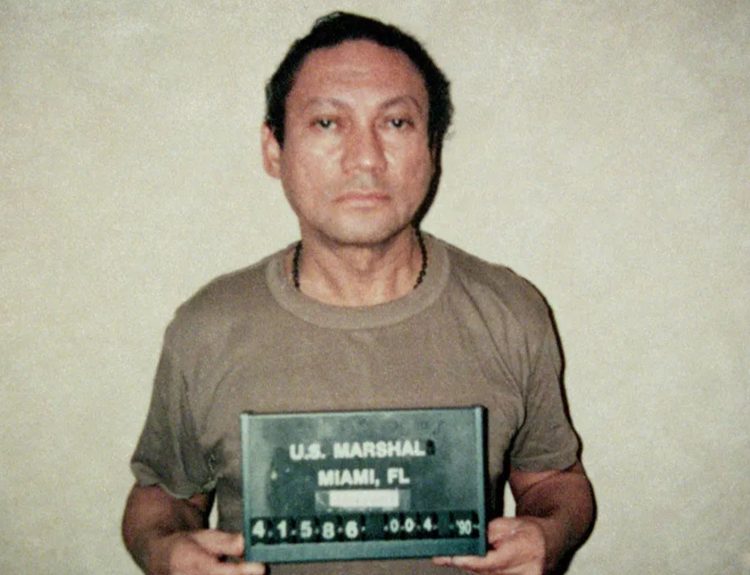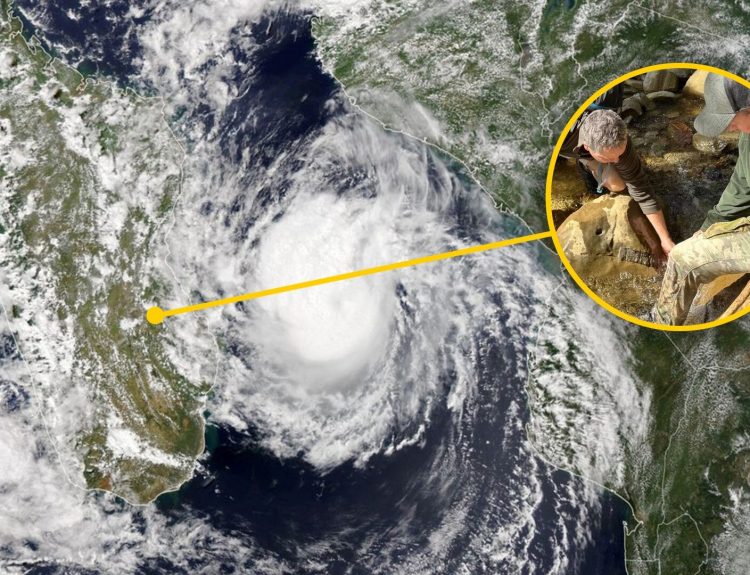April 27th is, in many ways, a day like any other. But in other ways, it is a unique and special day packed with historical events that have shaped our lives.
For a few former United States presidents, April 27th is memorable. For victims of the Holocaust and the worst maritime disaster in American history, the day was a tragic one. Along with the bad, however, there is always some good, as we will see when we look at this collection of historic events that happened on April 27th.
1982 – Ronald Reagan’s Would-Be Assassin Went on Trial
John Hinckley Jr. was so infatuated with actress Jodie Foster that, on March 30, 1981, he hoped to get her attention by shooting then-President of the United States, Ronald Reagan. He approached the president outside a building in Washington, D.C. and fired six rounds. Reagan was injured but survived the incident.
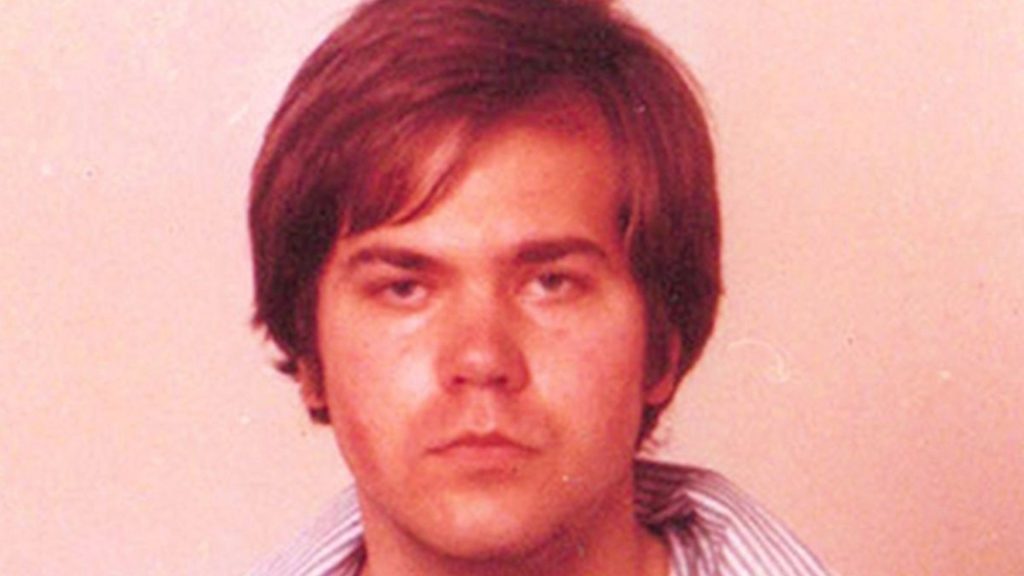
Hinckley was arrested on the spot. After several mental evaluations, Hinckley was found not guilty by reason of insanity at his trial, which began on April 27, 1982. He was confined to a mental institution until 2016 when he was released into his mother’s care.
1773 – The British Parliament Voted to Tax Tea (Spoiler Alert: It Leads to a Party!)
When the British Parliament passed the Tea Act on April 27, 1773, they did so with two goals in mind. First, they claim the move was to give a much-needed boost to the British East India Company. But the second reason was to assert its authority over the unruly American colonists. For the colonists, this act was the tipping point.
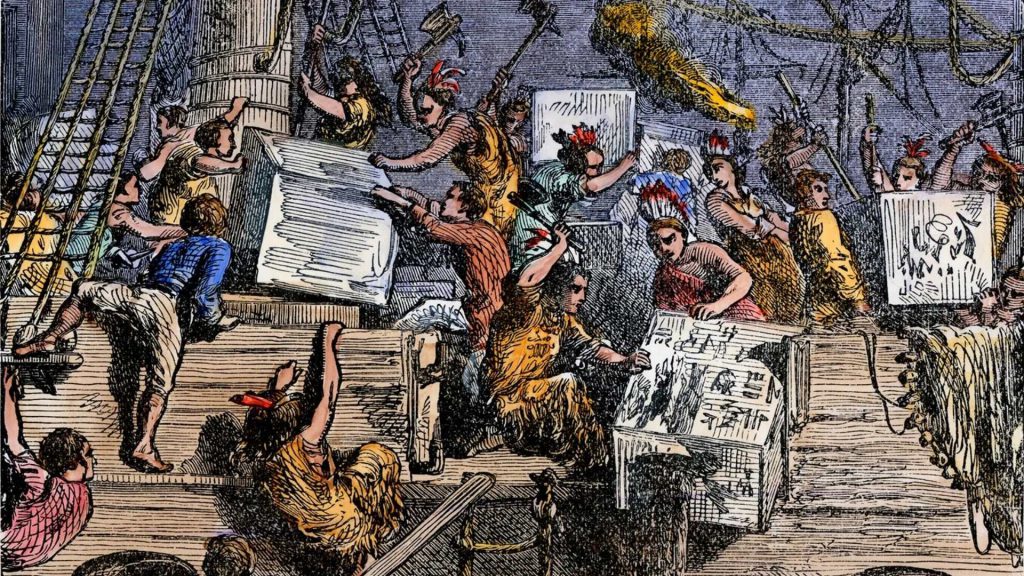
The colonists were fed up with the Brits passing laws that greatly impacted those living across the Atlantic, especially when the colonists were given no voice in the matter. Tensions grew. The American colonists showed the Brits what they thought about their tea tax by throwing the Boston Tea Party … one of the steps toward the outbreak of the Revolutionary War.
2006 – The New York Port Authority Signed the Agreement to Build the Freedom Tower at the World Trade Center
In the horrific attacks of September 11, 2001, the Twin Towers of New York City’s World Trade Center were destroyed in the worst terrorist attack on American soil. Rebuilding the site was as much about replacing lost buildings as it was demonstrating the resolve of the American people.

The formal agreement to construct the Freedom Tower was signed by the Port Authority of New York and New Jersey on April 27, 2006 – the 75th anniversary of the grand opening of the Empire State Building. Construction on the Freedom Tower began a few weeks later. After a few delays and hiccups, the last piece of the Freedom Tower – the building’s spire – was set in place in May 2013.
1940 – Nazi Leader Heinrich Himmler Established the Auschwitz Concentration Camp
Besides Adolf Hitler himself, there is no other Nazi German who embodied evil as much as SS leader Heinrich Himmler, who has been called the “chief architect of the Nazi’s genocide policies.” On April 27, 1940, he ordered the establishment of a vast facility to – at least, initially – housed enemies of the German state.

This facility quickly morphed into the Auschwitz Concentration Camp. A cruel and brutal place, Auschwitz is now synonymous with the Holocaust. Here, Jews, Romani, and prisoners of war were systematically executed in mass in the camp’s gas chamber. A key component to Hitler’s “Final Solution,” Auschwitz was the Nazi’s largest and deadliest concentration camps.
1981 – Paul McCartney’s Second Big Break-Up
Former Beatle Paul McCartney caused a media frenzy when he announced his exit from the Fab Four in 1970. By the next year, he had formed a new band, Wings, with his wife Linda and a few others.

With Wings, McCartney had hits with “Live and Let Die,” “Silly Love Songs,” “My Love,” and “Band on the Run.” McCartney experienced his second musical break up on April 27, 1981, when he announced his departure from Wings.
1865 – The Worst Maritime Disaster in U.S. History Occurred
The side-wheel steamboat, SS Sultana, was built to transport cotton upriver from New Orleans to St. Louis, but when the Civil War broke out, the ship was used to transport troops. It was designed with a maximum capacity of 376 people, but on April 27, 1865, the SS Sultana was carrying 2,128 people, mostly recently released Union POWs heading back home.

Near Memphis, Tennessee, three of the steamboat’s four boilers suddenly exploded. More than 1,150 of her passengers were killed. The official cause of the explosion – the worst maritime disaster in American history – was the mismanagement of water levels in the boilers. However, rumors of sabotage still linger over the incident.
1999 – Nevada State Museum Discovered the Oldest Mummy in North America in an Unlikely Place
The Spirit Cave Mummy is, so far, the oldest mummy to be discovered in North America. It was recovered in 1940 in a cave outside Fallon, Nevada, along with a number of early Native American artifacts. The mummy and the artifacts, which experts at the time labeled as being 1,500 years old, were taken to the Nevada State Museum where they remained on a storeroom shelf.
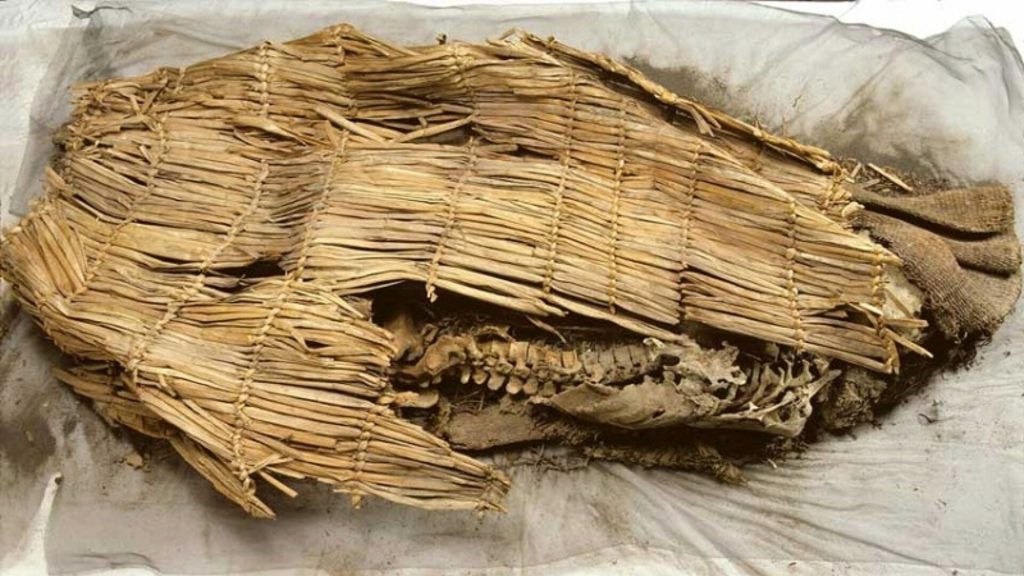
Fast forward to 1999 when an anthropologist from the University of California, Riverside decided to try out some new technology – mass spectrometry – to radiocarbon date the mummy. It was determined that the Spirit Cave Mummy was much older than originally thought. It dates to more than 9,400 years old, making it the oldest mummy ever found in North America.
1994 – Richard Nixon Was Laid to Rest
Richard Nixon’s presidency was one marred in controversy. His involvement in the Watergate Scandal and his resignation from the office of presidency overshadowed the positive aspects of his time in the Oval Office, such as the withdrawal of American troops from Vietnam, the establishment of the Environmental Protection Agency, and the Apollo 11 moon landing.

Nixon died on April 22, 1994, from a blood clot that traveled to his brain. His funeral was held on this date, April 27, 1994. President Bill Clinton and four other former U.S. presidents attended the services. Nixon was laid to rest at the Nixon Library in California.
1959 – Mao Zedong Resigned
The founder of the People’s Republic of China, Mao Zedong had some radical ideas that, he hoped, would push China into a prosperous future. In 1958, he announced his program, “The Great Leap Forward,” which instituted large-scale, sweeping changes designed to move China from an impoverished farming nation to a world leader in industry and technology.

Unfortunately, Mao’s goals were lofty and unattainable. His pathways to accomplishing them were poorly planned and even more poorly executed. The result was financial collapse, famine, starvation, and the deaths of millions of people. On April 27, 1959, Mao resigned from his position as Chair of the People’s Republic of China.





